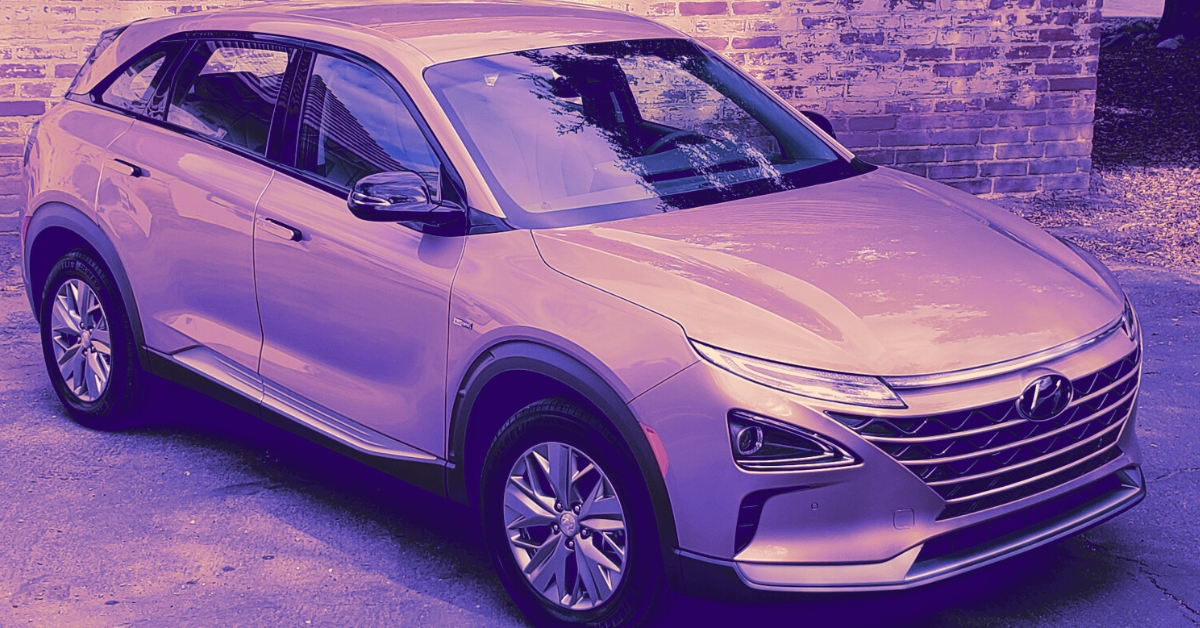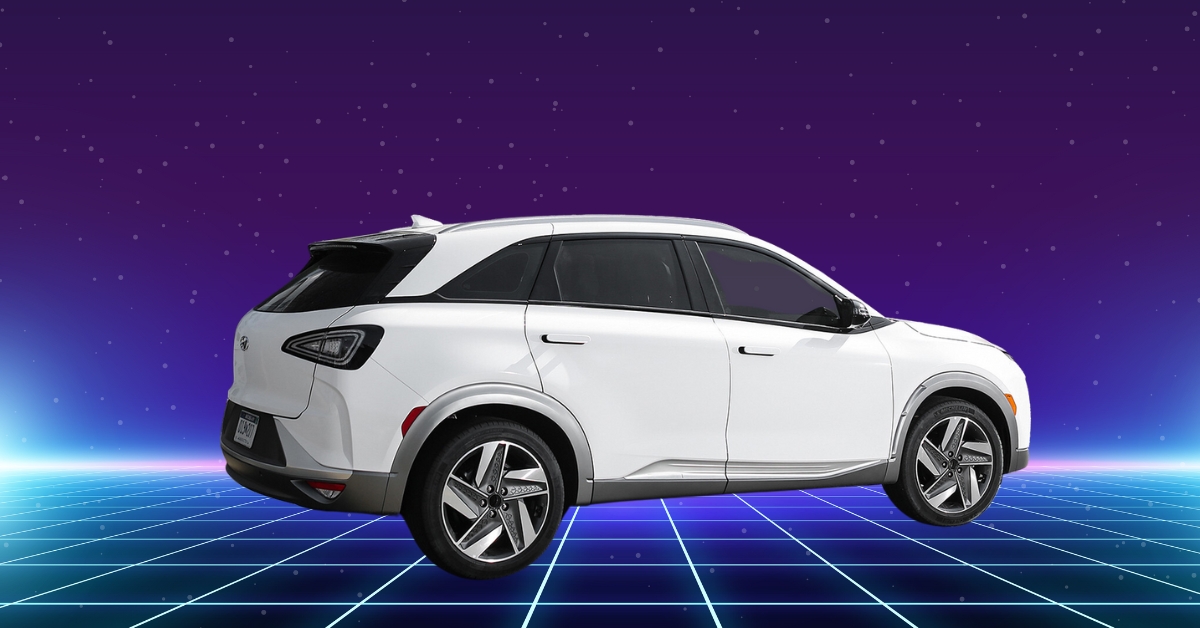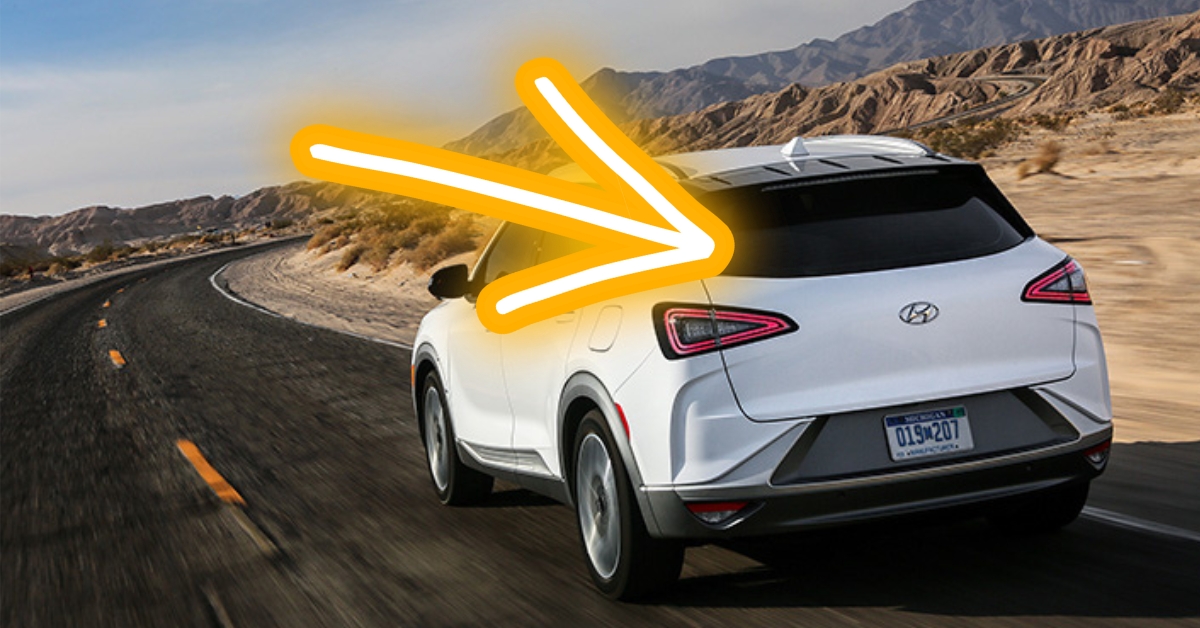In recent years, the automotive industry has witnessed significant advancements in electric vehicle (EV) technology, with a focus on battery-powered electric cars. However, Hyundai is at the forefront of an alternative powertrain technology: hydrogen fuel cell vehicles (FCVs). Among their impressive lineup of FCVs, the Hyundai Nexo stands out as a groundbreaking vehicle that offers a remarkable range, making it a frontrunner in the race for sustainable transportation. This article delves into the comprehensive range of the Hyundai Nexo, exploring its capabilities, innovations, and the potential it holds for a greener future.
Hydrogen Fuel Cell Technology:
Before delving into the range of the Hyundai Nexo, it is important to understand the technology that powers it. FCVs, unlike battery-powered EVs, use hydrogen gas to generate electricity through a chemical reaction in the fuel cell stack. This electricity then powers an electric motor, propelling the vehicle. One of the key advantages of FCVs is that they only emit water vapor, making them truly zero-emission vehicles.
Range of the Hyundai Nexo:
The Hyundai Nexo boasts an impressive range, making it suitable for both short commutes and long journeys. According to the Environmental Protection Agency (EPA), the Hyundai Nexo achieves an estimated range of approximately 380 miles on a full tank of hydrogen. This range puts it in a competitive position compared to many battery-powered EVs, offering drivers the confidence to take longer trips without the need for frequent refueling.
Factors Affecting Range:
Several factors can affect the actual range achieved by the Hyundai Nexo. These factors include driving conditions, weather, driving style, payload, and terrain. Like any other vehicle, aggressive driving, excessive speed, and sudden accelerations can decrease the range. Similarly, extreme weather conditions, such as cold temperatures, can impact the efficiency of the fuel cell system and reduce the overall range. However, with careful driving and proper maintenance, drivers can maximize the Nexo’s range potential.
Efficiency and Refueling:
The Hyundai Nexo demonstrates impressive efficiency, thanks to its advanced fuel cell system. The vehicle’s fuel cell stack converts hydrogen into electricity with minimal waste and high efficiency. This ensures that drivers can make the most out of each hydrogen fill-up, optimizing the Nexo’s range.
Refueling a hydrogen-powered vehicle is another aspect that sets the Nexo apart. Unlike battery EVs that require a lengthy charging time, refueling the Nexo takes a comparable amount of time to refuel a conventional gasoline-powered vehicle. The refueling process is quick and straightforward, typically taking around 3-5 minutes, allowing for a seamless experience and minimal downtime.
Hydrogen Infrastructure:
One of the challenges facing FCVs is the limited availability of hydrogen refueling infrastructure. While the number of hydrogen refueling stations is steadily increasing, the network is still in its early stages. However, governments and private enterprises are investing in expanding the hydrogen infrastructure, with ambitious plans for future growth. As the hydrogen refueling infrastructure expands, it will further enhance the viability and practicality of owning an FCV like the Hyundai Nexo.
Final Thoughts:
The Hyundai Nexo represents a significant step forward in the evolution of sustainable transportation. With its impressive range of approximately 380 miles, the Nexo offers a practical and efficient solution for everyday driving and long-distance travel. As hydrogen refueling infrastructure continues to grow, the Nexo’s potential as a zero-emission vehicle will become even more apparent. With its groundbreaking fuel cell technology, efficient design, and commitment to a greener future, the Hyundai Nexo is paving the way for a more sustainable and environmentally friendly automotive industry.



